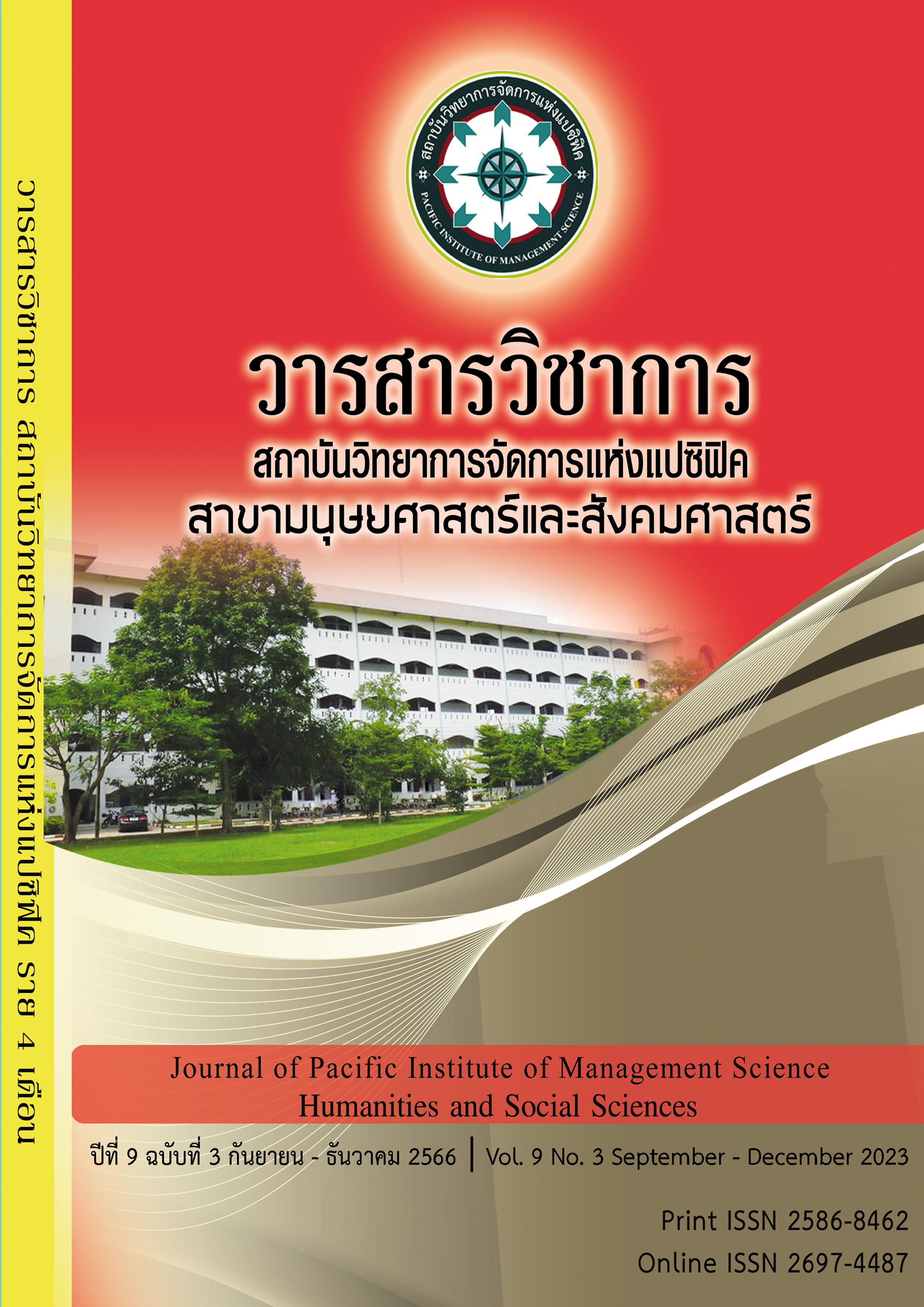Impact of Sports Tourism Destination Image to Travel Intention of Sports Tourism Destinations, Mediation as Perceived Value
Keywords:
Sports Tourism Destination Image, Perceived Value, Tourism IntentionAbstract
This paper aims to explore the relationship between the independent variable sports tourism destination image and the dependent variable tourism intention with perceived value as the intermediate variable. The study selects Shanxi Province as the sports tourism destination, Taiyuan citizens as the survey object, randomly distributes 400 questionnaires, and recovers 335 valid questionnaires, which meet the research requirements through reliability and validity tests. This research adopts the way of questionnaire survey to conduct quantitative research. The main content of the analysis is item correlation analysis, regression analysis and structural equation model analysis. From the analysis results, the image of sports tourism destination has a significant positive impact on tourism intention, the perceived value has a significant positive impact on tourism intention, and the image of sports tourism destination has a significant positive impact on perceived value. Therefore, it is recommended to be oriented by market demand, build a multi-level leisure and entertainment product system, and enhance product connotation through national traditions and historical culture, thereby enhancing competitiveness.
References
A, L. D. , B, P. F. , & C, P. R. . (2000). The price competitiveness of travel and tourism: a comparison of 19 destinations. Tourism Management, 21( 1), 9-22.
DuPont, L. . (2008). Evaluation of the competitiveness of tourist destinations: its application in the Caribbean. Escapes Tourism & Losers, 44-55.
Ge, M.N. , & Lu J,G. (2013). The impact of large-scale sports events on tourism companies’ marketing strategies: An empirical study from Wuhan. Journal of Zhejiang Shure University, 13(4), 38-43.
Larsen, G. R. , & Giver, J. W. . (2013). Understanding tourists' perceptions of distance: a key to reducing the environmental impacts of tourism mobility. Journal of Sustainable Tourism, 21(7), 96
Mohamed, B. , & Omar, S. I. . (2008). Competitiveness of Malaysian Tourist Destinations. NURI Symposium 2008, Architecture, Urbanization and Development: Toward Sustainable Cities in Nusantara.
Rho, S. H. , & Yi, C. G. . (2021). The effect of tourists' risk perception due to the covid-19 on choice intention of accommodations in tourist sites. Journal of Hospitality and Tourism Studies, 23(1), 103-118
Shchogoleva, I. . (2017). Tourist Destinations Competitiveness Management.
Yu ,J . H . . (2010). Research on the Ways to Improve the Competitiveness of Sports Tourism Destinations. Journal of Beijing Sport University (01), 39-41
Downloads
Published
Issue
Section
License
Copyright (c) 2023 Pacific Institute of Management Science

This work is licensed under a Creative Commons Attribution-NonCommercial-NoDerivatives 4.0 International License.
บทความที่ได้รับการตีพิมพ์เป็นลิขสิทธิ์ของ สถาบันวิทยาการจัดการแห่งแปซิฟิค
ข้อความที่ปรากฏในบทความแต่ละเรื่องในวารสารวิชาการเล่มนี้เป็นความคิดเห็นส่วนตัวของผู้เขียนแต่ละท่านไม่เกี่ยวข้องกับสถาบันวิทยาการจัดการแห่งแปซิฟิค และคณาจารย์ท่านอื่นๆในสถาบันฯ แต่อย่างใด ความรับผิดชอบองค์ประกอบทั้งหมดของบทความแต่ละเรื่องเป็นของผู้เขียนแต่ละท่าน หากมีความผิดพลาดใดๆ ผู้เขียนแต่ละท่านจะรับผิดชอบบทความของตนเองแต่ผู้เดียว







